
Article
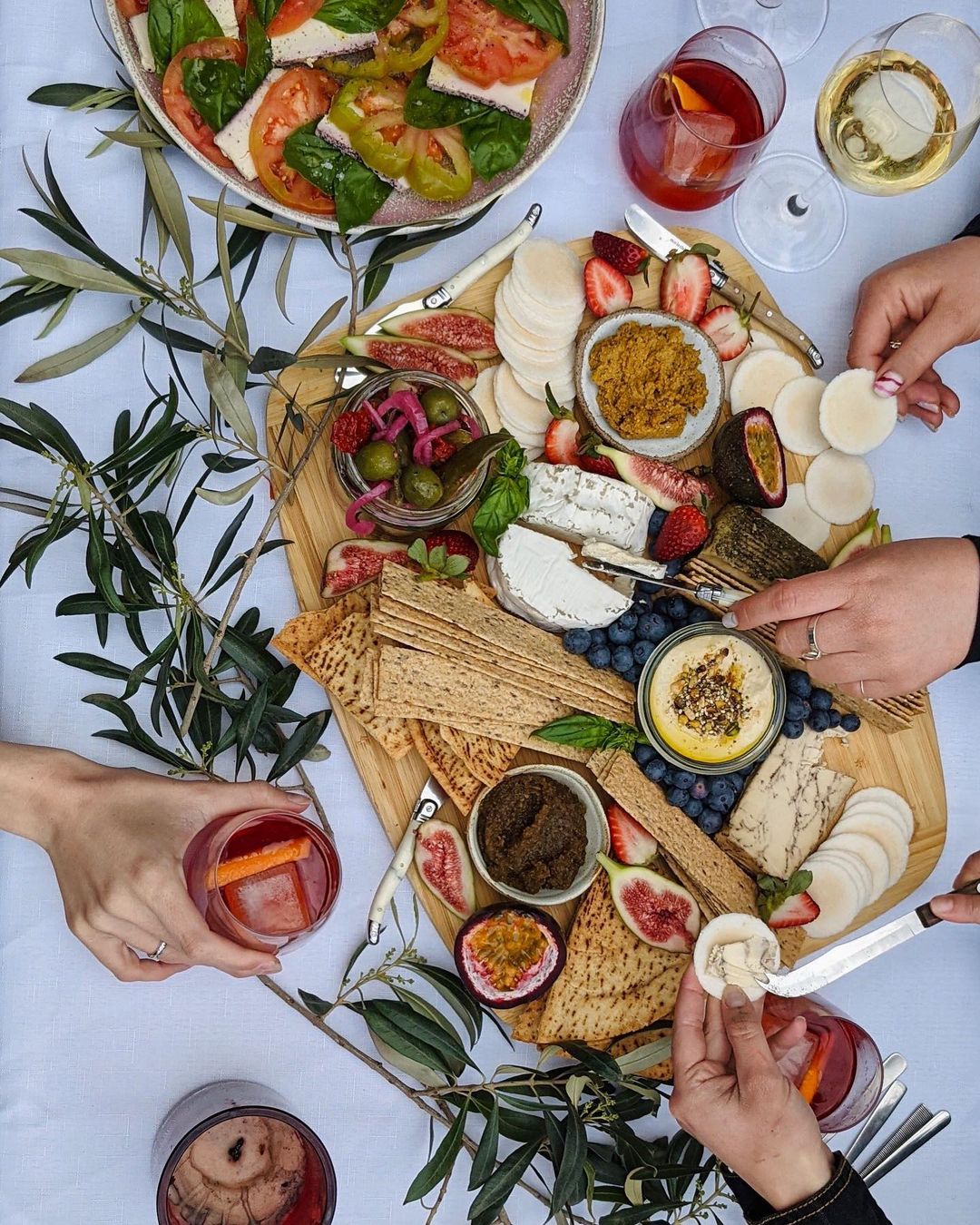
Imagine a colourful, fully stocked, carefully arranged cheeseboard plopped down at the centre of a gathering. This host means business. Now imagine that every single person at this little shindig — including the vegans and the coeliacs and the lactose-intolerant and even the paleo* ones — can share in its creamy, soft, tangy glory! That’s the power of a thoughtfully curated plant-based cheese platter.
*Don’t quote me on the paleo thing.

A cheeseboard can be downright dazzling to the senses. But you’d be mistaken for thinking it needed dairy products to deliver the goods. Dairy-free cheese has come a long, long way in the past decade. And we need only have a browse at local grocers or online to see the plethora of plant-based spreads, blocks and wedges available to us today.
Whether for Christmas pre-lunch snacking or a Tuesday night catch up with mates — a knockout centrepiece smorgasbord is worth the effort. Here’s your guide to building it…
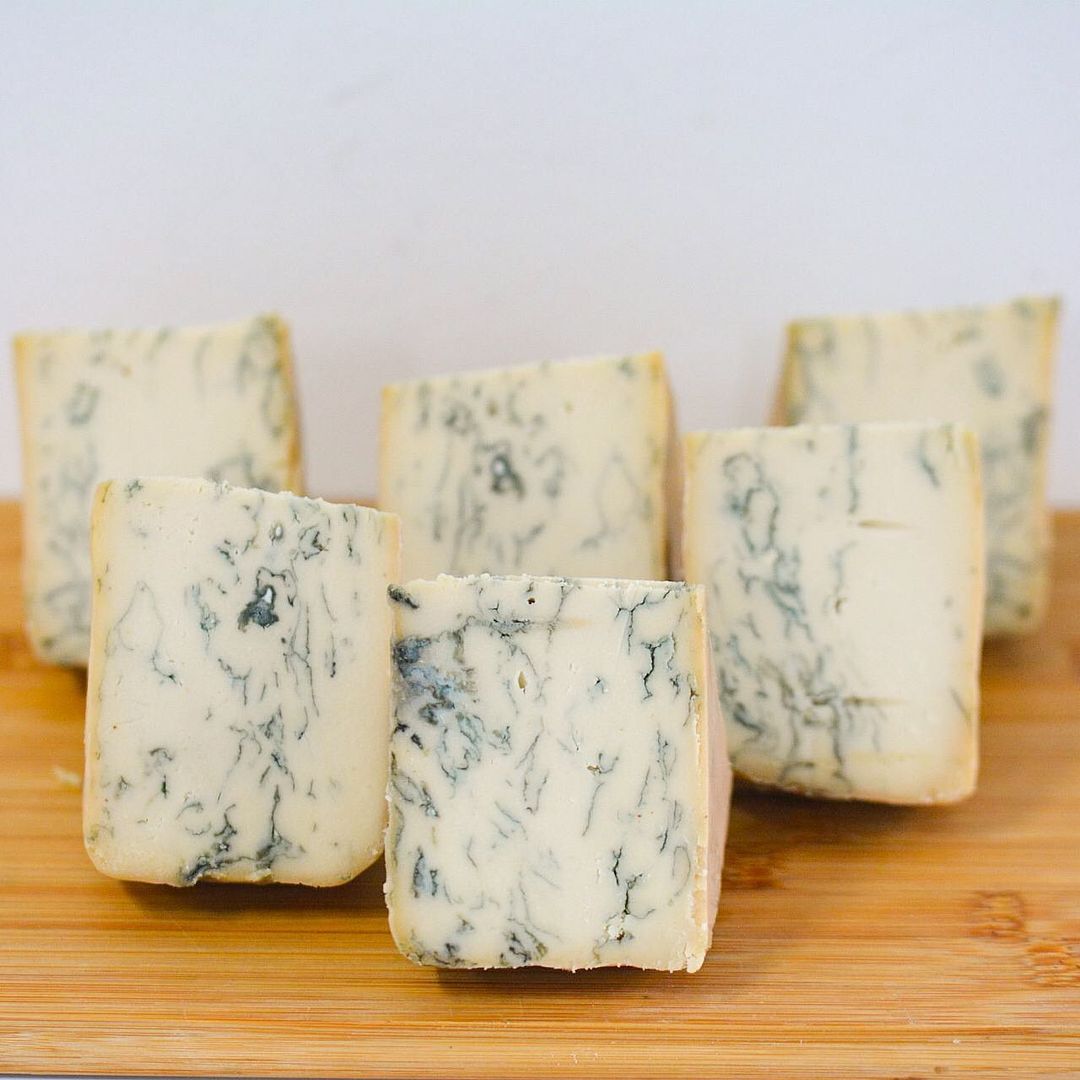
These days, plant-based cheeses are their own artisanal category, with lots of people opting for them purely for their spot-on creamy textures and sensational depth of flavours. (Add live cultures to any nut-based cream and, surprise surprise, magic happens!) It’s simply a bonus that they’re often made from nutritious foods like cashews, macadamias, almonds, soy beans, and coconut.
The most important element for your cheese selection is variety, and luckily, we are spoiled for choice. But your selection may be partly driven by how simple or indulgent you want to go. As with traditional cheeses, plant-based ones come in a wide range of price points — do you want pretty nice? Or fancy-fancy?
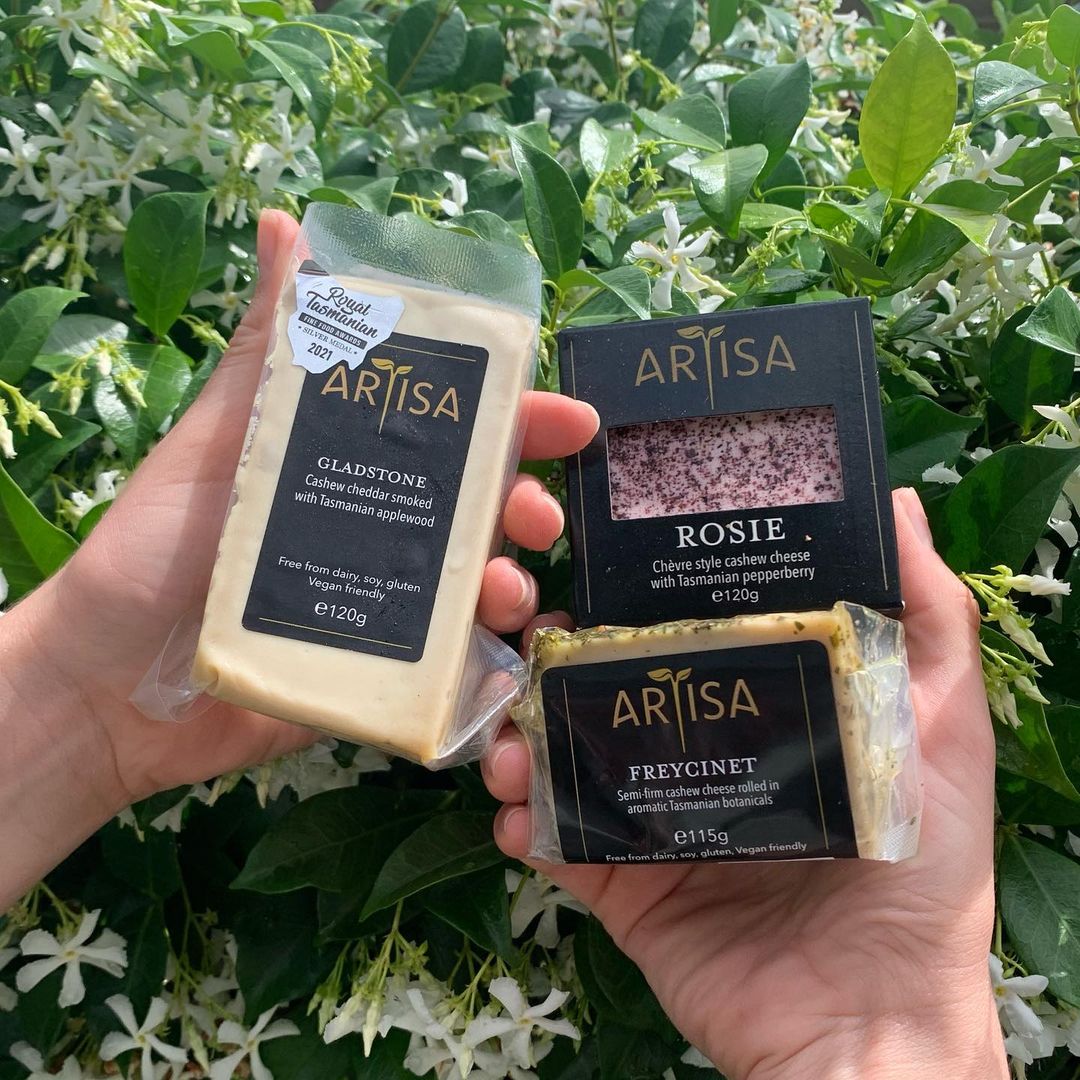
These are great blocks to place on your platter alongside that little pronged knife (the one that looks like a snail — tell me you don’t see it!), to let your guests slice and layer as they please…
Artisa Gladstone Cheese is made primarily of cashews and has a light, nutty flavour to it, with a subtle earthy aroma due to being cold-smoked over Tasmanian applewood. Artisa also does a variety of other fancy cheeses which you can drool over here.
Green Vie Gouda-Style Cheese absolutely nails the tangy butteriness of traditional gouda, making it a satisfying dairy-free alternative to slice up for all your snacking purposes. Check out the other cheeses in Green Vie’s extensive range here – they’ve even got options for vegan haloumi, camembert, and blue cheese!
Vegan Life Edam Cheese pays delightful homage to classic Dutch Edam cheese. It’s smooth, creamy, and mild, with a nice mellow profile that will perfectly complement the bolder ingredients on your cheeseboard.
Vegusto Piquant Cheese is a perfect pick for your ‘plateau à fromage’, with a well-defined, piquant flavour, thanks to salt, spices, yeast, and even a bit of almond butter — aged to rich, savoury perfection.
For a tasty bargain, try one of the many cheddar-style blocks you can find at the shops:
BioCheese, available at both Coles and Woolworths, is a well-loved classic and the tasty block from Made With Plants, found at Woolworths, is a popular choice too. Both of these cheeses have a sharp flavour and nice bite to them, and they get bonus points for melting and browning beautifully on toasties or pizzas too!
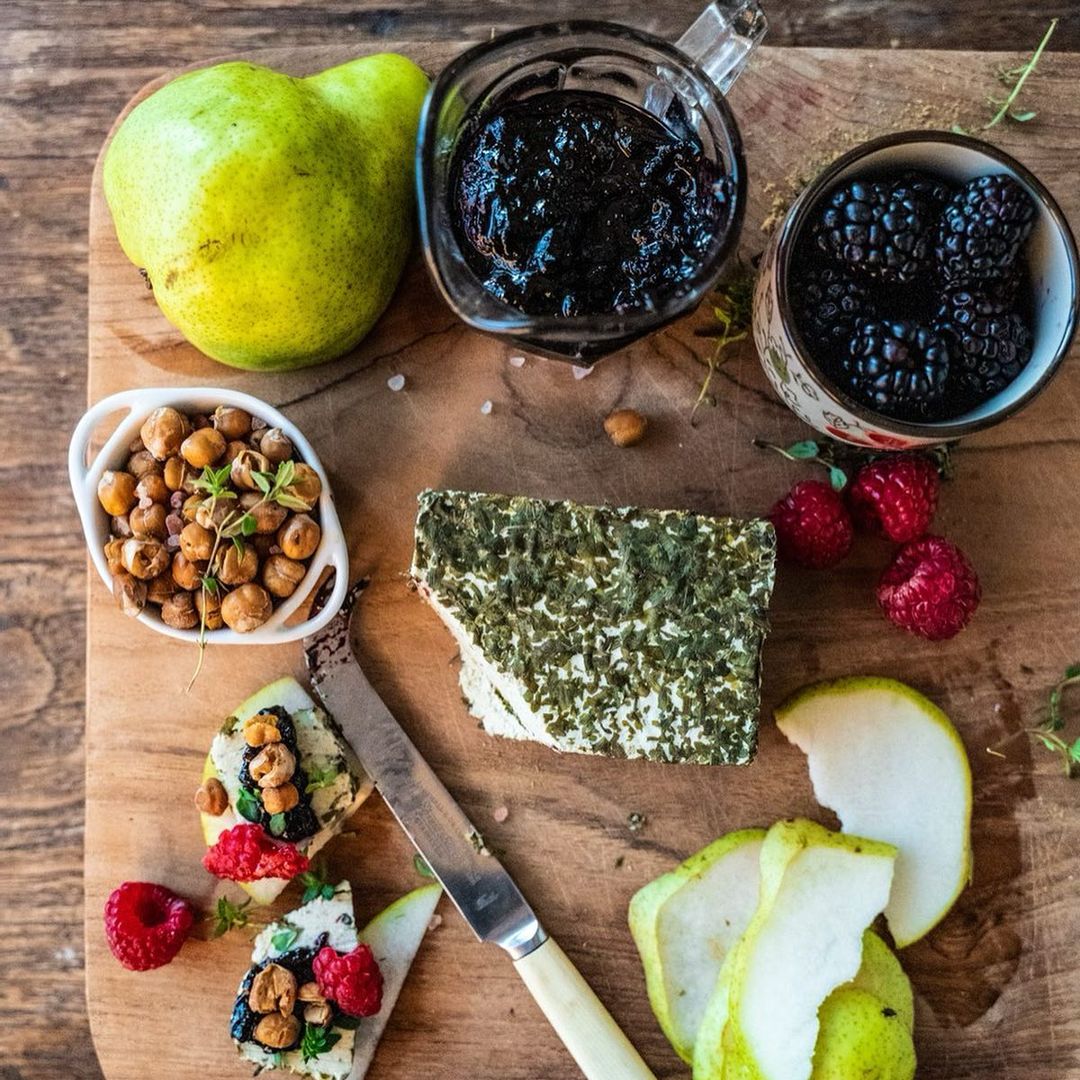
Artisa Launceston Blue Cheese is a true blue! This veined cashew-based cheese is washed with Tasmanian cider before being aged for two months — and the result is a tangy, salty, creaminess that absolutely delivers on the complexity of a traditional blue cheese.
Damona Smoked Mozzarella defies all attempts to describe just how incredible it is. So rich! So smoky! I’ll level with you — I used to eat this cheese by the wheel, nibbling away at it like a cheese-obsessed cartoon mouse, and to be honest, I still stand by this decision. But if you insist on classing things up, give this mozzarella pride of place on a platter instead. And then nibble it by the wheel.
Spoiler alert: The rest of Damona’s cheese range — which includes vegan brie, bocconcini, pepperjack, and pecorino — is just as irresistible.
Dilectio Brie is another brilliant option for knocking the socks off your friends at gatherings. Whether you go for the truffle, ash, or creamy brie variety, you’ll be getting a velvety vegan soft cheese that positively oozes sophistication. Dilectio also makes a plant-based version of just about every bougie cheese there is — including smoked cheese, goat-style feta, goat-style chèvre, camembert, and blue cheese. Check out their indulgent offerings here.
The Vegan Dairy Herb & Garlic Soft Cheese is “a French-style, fresh, creamy cheese” that has a spreadable texture similar to a traditional cream cheese. The injection of garlicky goodness and outer coating of dried chives and parsley make this one a particular standout for me! But The Vegan Dairy has loads more delicious products to explore too. Other cheeseboard-worthy highlights include their bougie-looking Ashed Chèvre, and their semi-firm Aged & Smoky cheese rolled in smoked paprika 🙂
Brittany Bertschinger, the bright spark behind this company, started in traditional cheese-making with her mum, and then applied her expertise to the dairy-free variety. (Thank you, Brittany!)
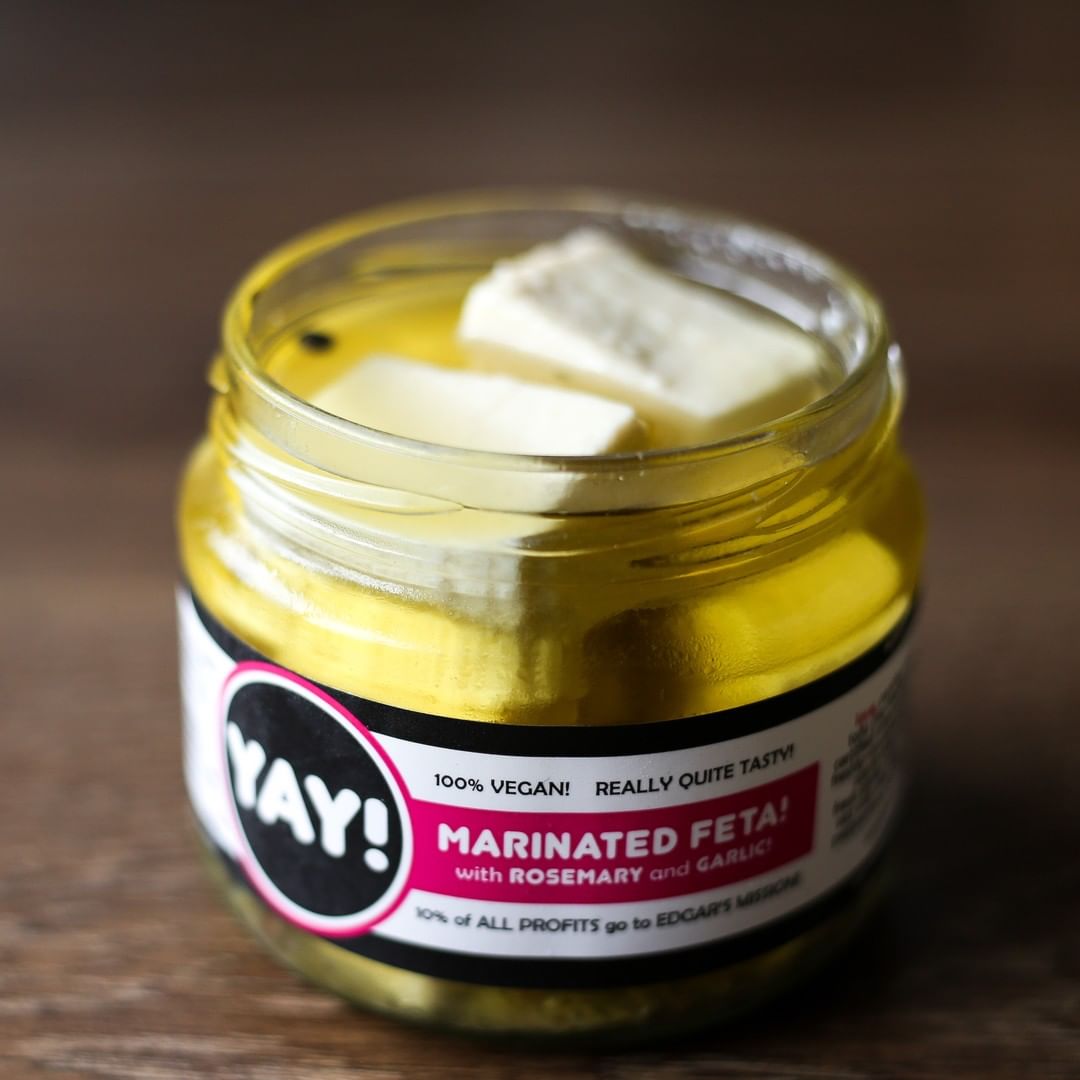
That list is genuinely the tip of the umami iceberg… There are so many innovative, talented folks here in Australia finding new ways to create incredible plant cheeses. My other favourite brands to explore:
Botanical Cuisine: These jars of organic, fermented, creamy beauties are more like cheesy spreads really, but honestly 10/10 delicious, all of them! (My favourite is the New Yorker spread — though the lemon & dill makes me salivate too.)
Lauds: A Tassie-based company who is, at least in Australia, pioneering the use of oat milk in plant-based cheese. (In other words, bonus points for being the most sustainable!) Try their original oat melt for your everyday cheesy needs, or pop their smoked oat cheese on your platter for a soft, subtly smoky vibe.
YAY! Foods: Feta is the only cheese this company makes, and that’s all they need to make, for it is a champion. In fact, my own mother told me this was better than any traditional feta she’s ever had. Crumbly, creamy, salted and herbed to perfection, you would never (and I mean never) guess that the hero ingredient here is tofu.
Many of these products are found at small grocers and local health food shops, and most of them are available for purchase online too! Check out our list of vegan-friendly online stores to browse all the options.
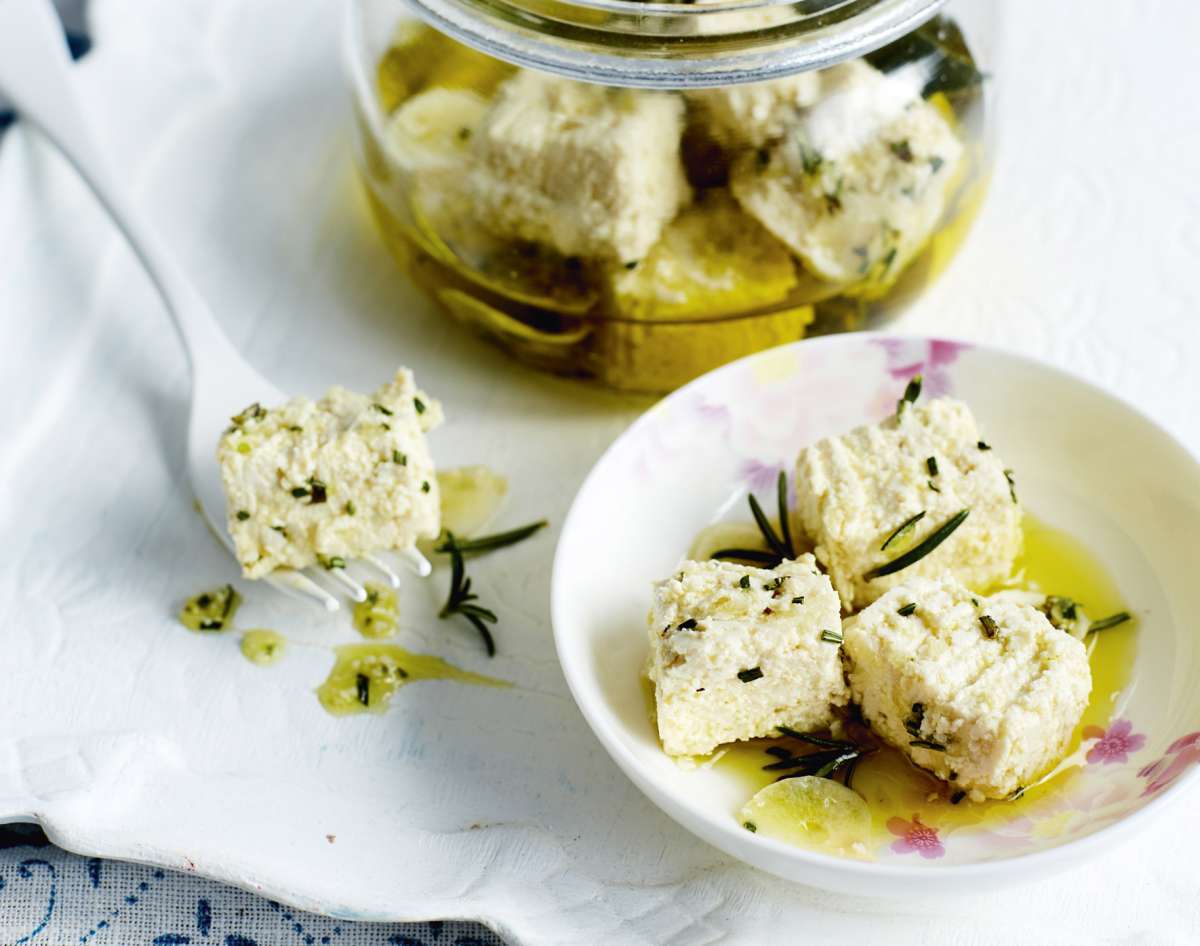
Perhaps you’re looking at the ingredients on some of these products thinking, ‘They’re so simple! So wholesome! I could almost make these myself!’ Well, you’re kind of right.
If you’re feeling ambitious, creative, or are simply on a tighter budget – let it be known, you can actually make your own cheeses from scratch. Some of them, like our marinated almond feta recipe, are so easy-peasy-cheesy you can put them on the regular rotation at home! And here you thought plant-based cheese couldn’t possibly score another point over dairy 😉
Once you’ve selected your cheeses, everything else is about adding complementary flavours, textures, and colours. Enter: the dips.
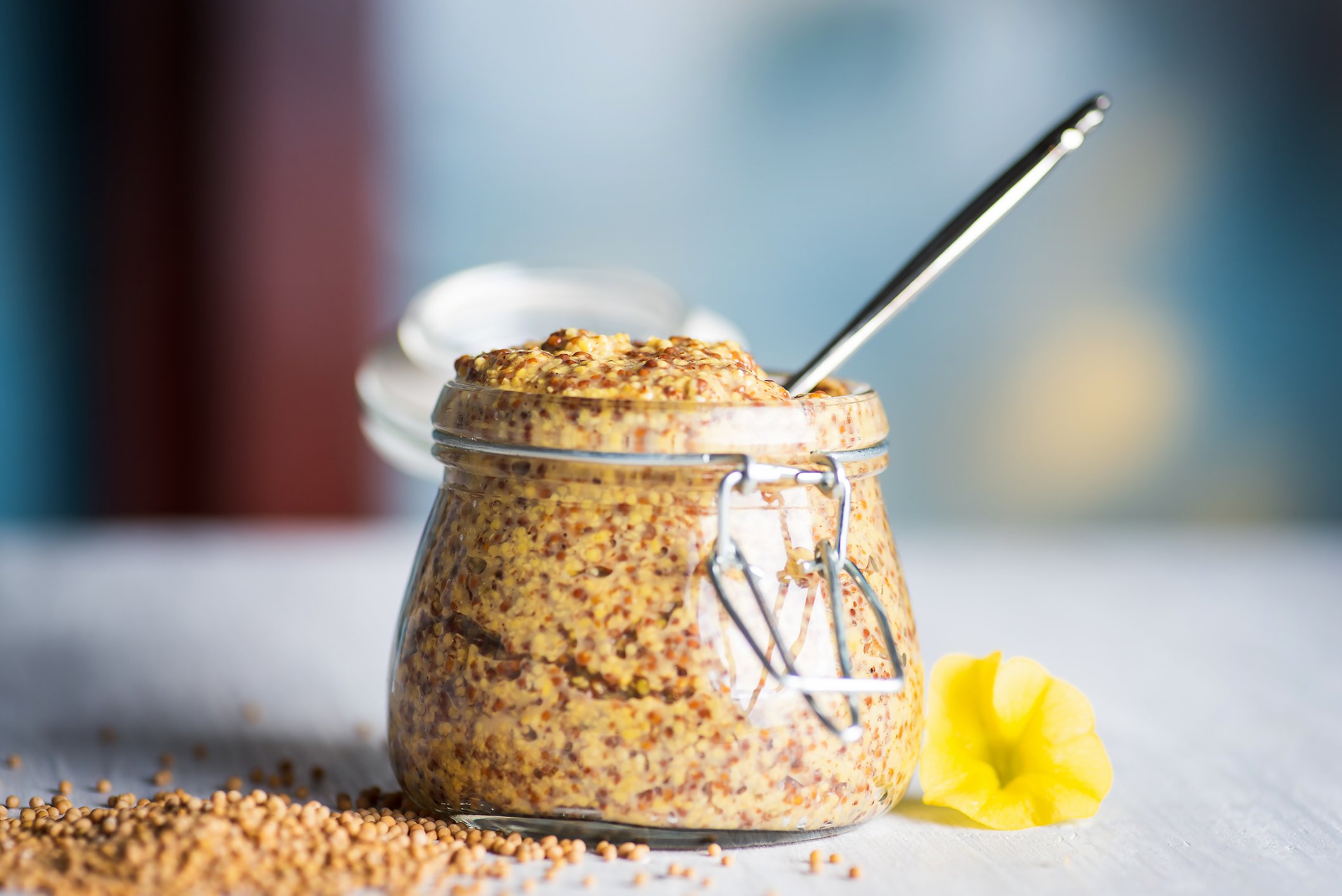
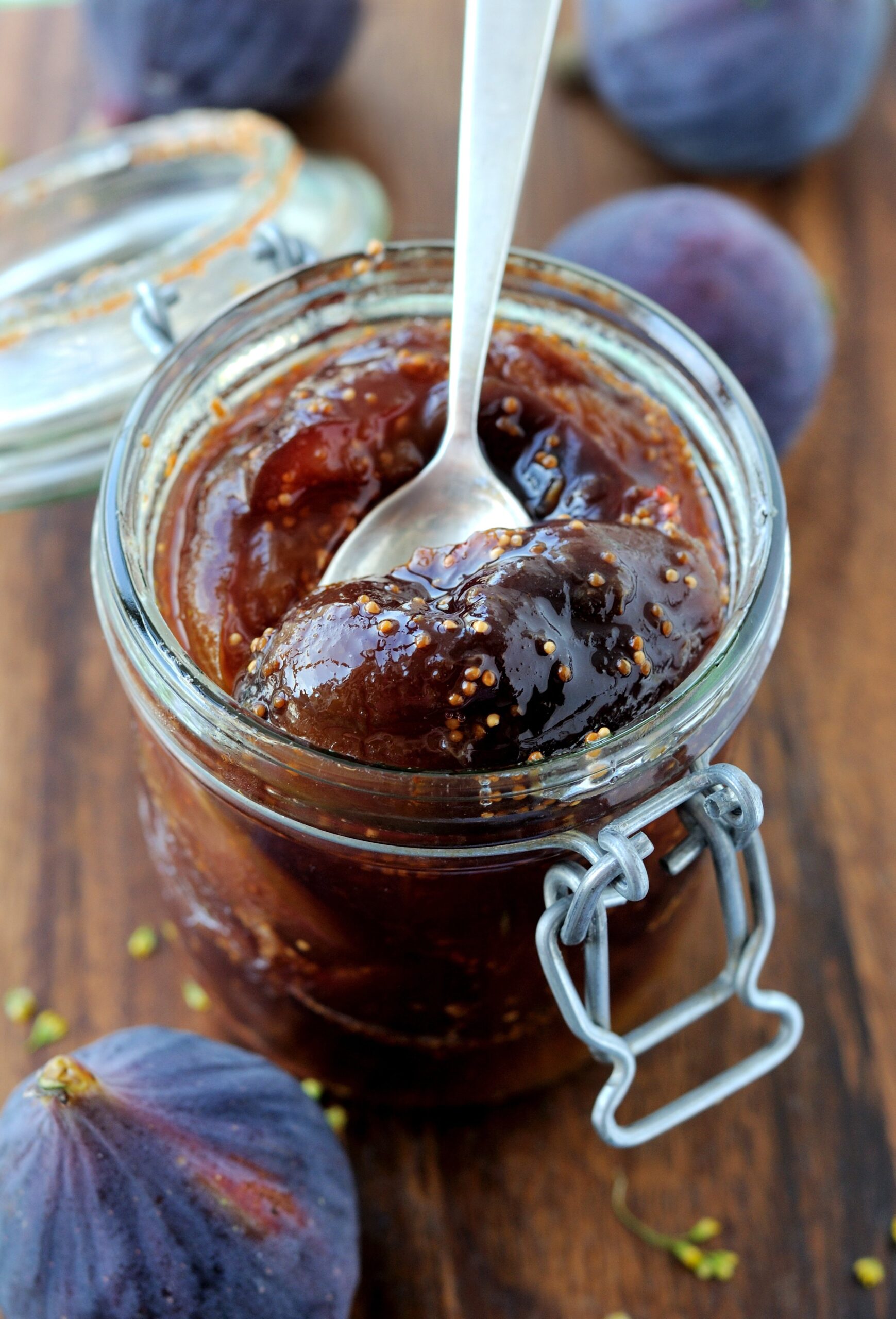
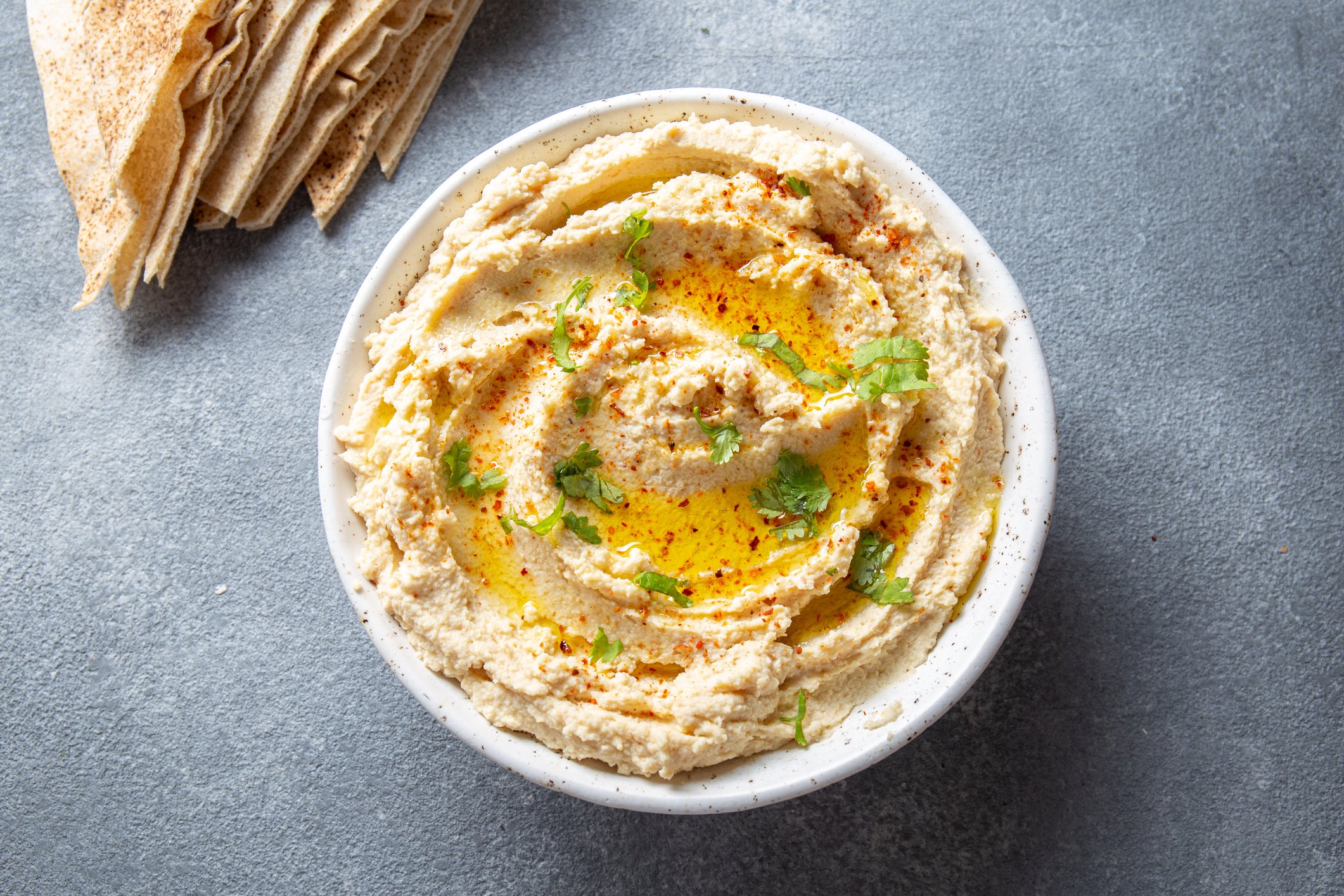
Dips and spreads are meant to balance and play off the flavours of the cheeses. That’s why you often see sweet jams and marmalades on a platter with really tangy, sharp cheese. (The general guidance is that the stronger the cheese’s flavour, the more sweetness or spice it can handle in jams or spreads!)
Explore the likes of strawberry-rhubarb, fig, or sweet onion jam, or a classic quince paste to top your soft, mild cheeses. For a pop of spice on bold-flavoured cheeses, chuck a little wholegrain mustard into the mix. The ‘experts’ may tell you there is a right and wrong way to pair these, but in reality, if it tastes good to you, it’s a match! Experiment and let your taste buds guide you 🙂
Additionally, it’s nice to break up bites of dry crackers and crumbly cheeses with the odd scoop of dip. But the dips aren’t trying to steal the show — they’re simple and fresh. If you’re buying dips from the shops, you can’t go wrong with a classic hummus or baba ganoush, which are both usually plant-based. Beetroot hummus is increasingly popular and easy to find in the shops — or of course, you can make your own! Homemade pesto, hummus, or white bean dip are all beautiful options too.
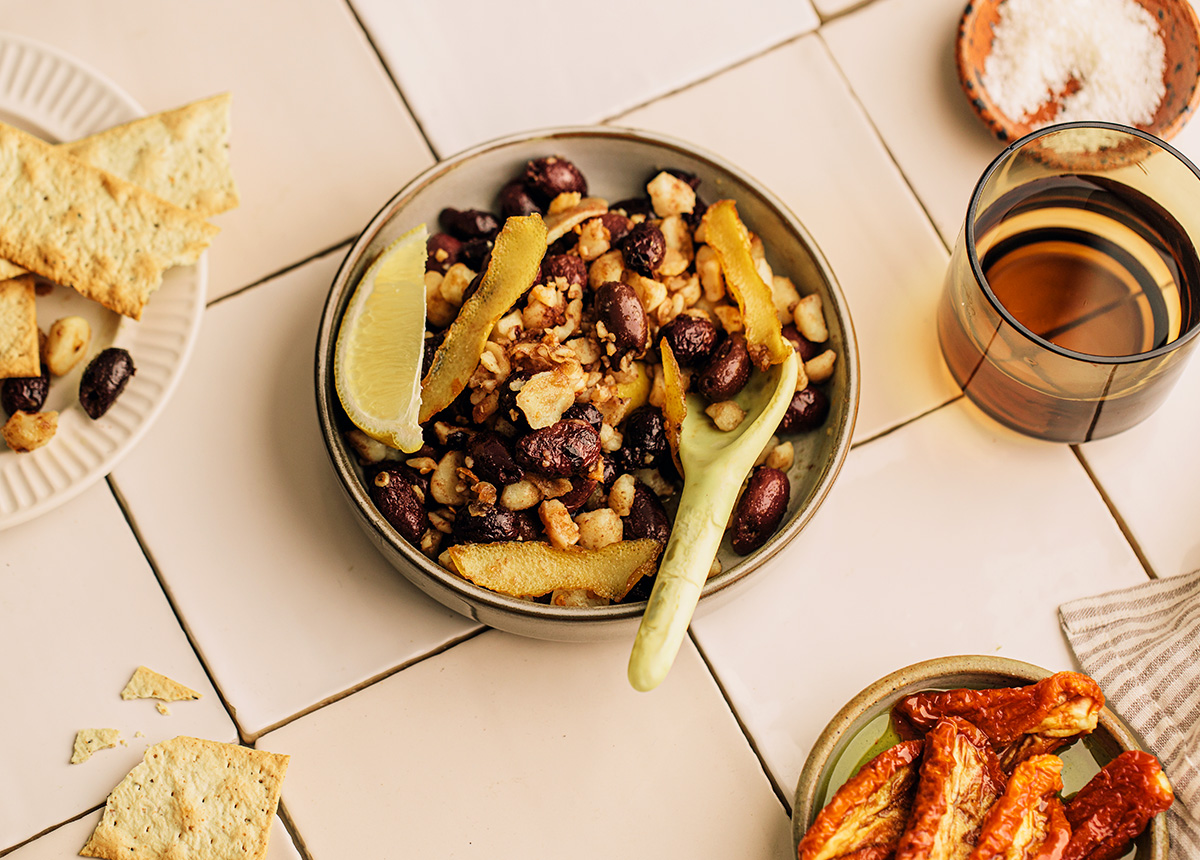
This is where your cheeseboard starts looking even more elevated and finessed than it already is! Add some little jars or decorative bowls of olives, pickles, and marinated veggies — either on the platter itself, or on the table nearby — so your guests can mix-and-match each bite, playing with a variety of briny, smoky, salty, herbaceous, and refreshing flavours.
A medley of olives is an obvious must. Prepare your own lemony marinated olives at home, or pick up a pre-made kalamata and green olive mix from your local supermarket or deli. You’ll just want to double-check that they aren’t stuffed with feta, as some are. If you’re lucky, you’ll find olives stuffed with marinated cloves of garlic instead, and these are truly some of the most addictive things on the planet.
On the marinated vegetable front, we’re talking easy-to-add morsels that pack brightness, indulgent oiliness, or rich depth of flavour — like sundried tomatoes, roasted red capsicum, artichoke hearts, and marinated mushrooms.
And to add a briny, acidic counterpoint to some of those deeper flavours on the board, plop down some dill pickles, sauerkraut, or quick-pickled red onion.
Slices of crisp, vibrant veggies like cherry tomatoes and cucumber can also help add balance and extra flavour combinations. Weave in some sprigs of fresh herbs as an accent, too — they’ll pull double-duty as aesthetic decorations and aromatic garnishes that people can break off as they need. Basil, rosemary, and dill tend to work best with cheesy flavours.
One final optional extra here would be dolmades! These Greek, vine-wrapped parcels of herby rice just so happen to be vegan, and can be found at most supermarkets (either in the deli section or stacked with the jarred veggies). They’re a great, no-prep way to quickly bulk out your snack platter if you need some more filling options to serve.
Ah, grains — the most reliable vehicle of the food world.
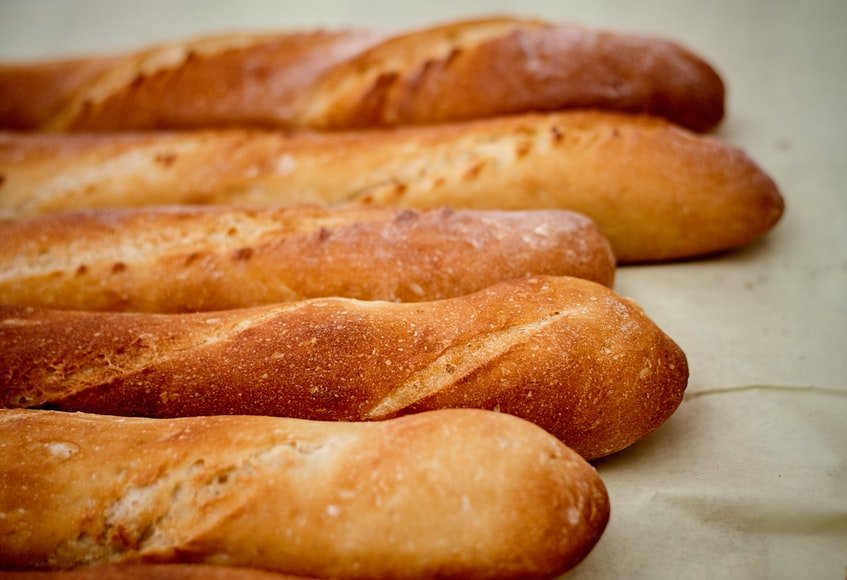
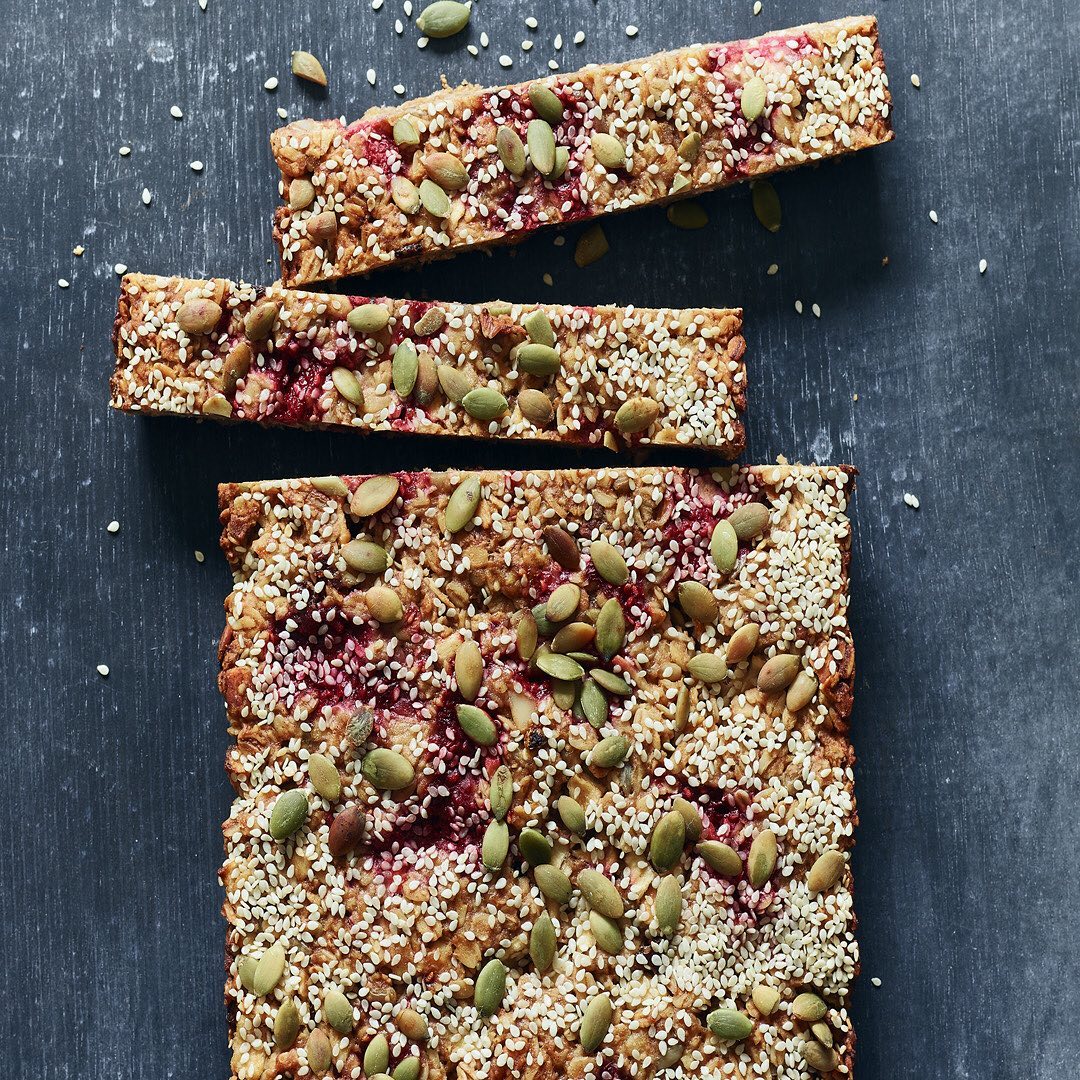
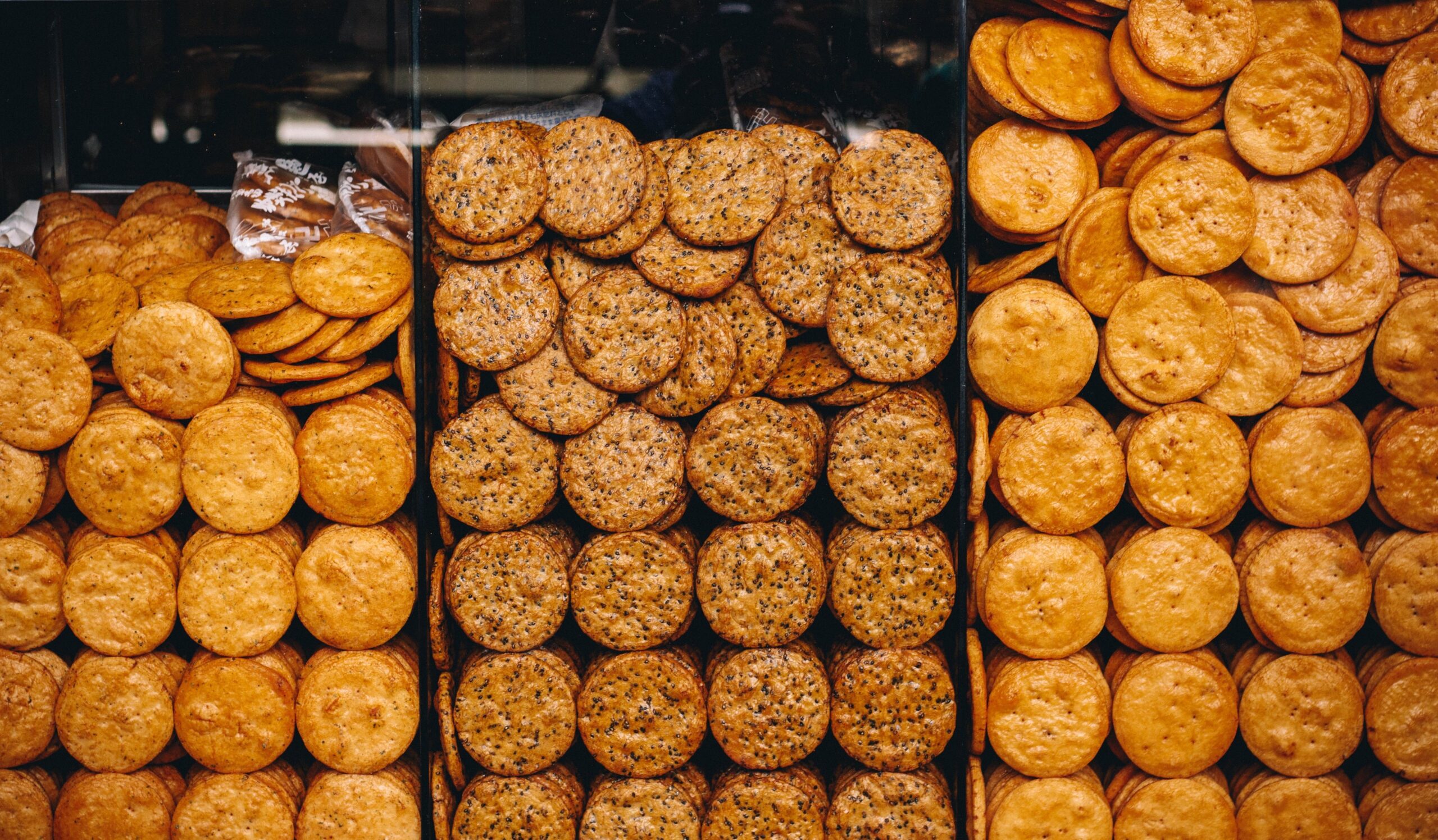
Brittany from The Vegan Dairy said, “I often find a lot of people don’t put enough breads or crackers on a cheese platter, so we’re usually quite generous with those.” She puts her extra grains in a bowl to the side so they’re easy to reach, and don’t disrupt the colourful display platter.
My favourite crackers for cheeseboards are whole-wheat (like Vita-Weat), seeded, extra seeded, rosemary-flavoured, and pita chips. Just peek at the labels to avoid milk solids or egg, but there are plenty of varieties to choose from. (If you want to keep your platter gluten-free, opt for seeded crackers and rice crackers, or at least offer some for any gluten-free pals!)
And of course, there’s always the option to throw your apron on. Try our easy recipe for caraway-infused bread crackers, or check out these other plant-based cracker recipes that range all the way from plain and simple to super seedy and herby!
For breads, consider the humble baguette, sliced up diagonally — it’s an easy, versatile vehicle after all. Maybe even grab a fruit loaf or specialty bread from your local baker if they’ve got an interesting flavour going. (Consider gluten-free breads too if entertaining coeliac folks.) For both crackers and breads, the goal is to include a couple different textures and flavours so you can create interesting pairings for each cheese.
Probably my favourite step in cheese platter curation, because it feels the most artful! And at this point, I crave whole foods.
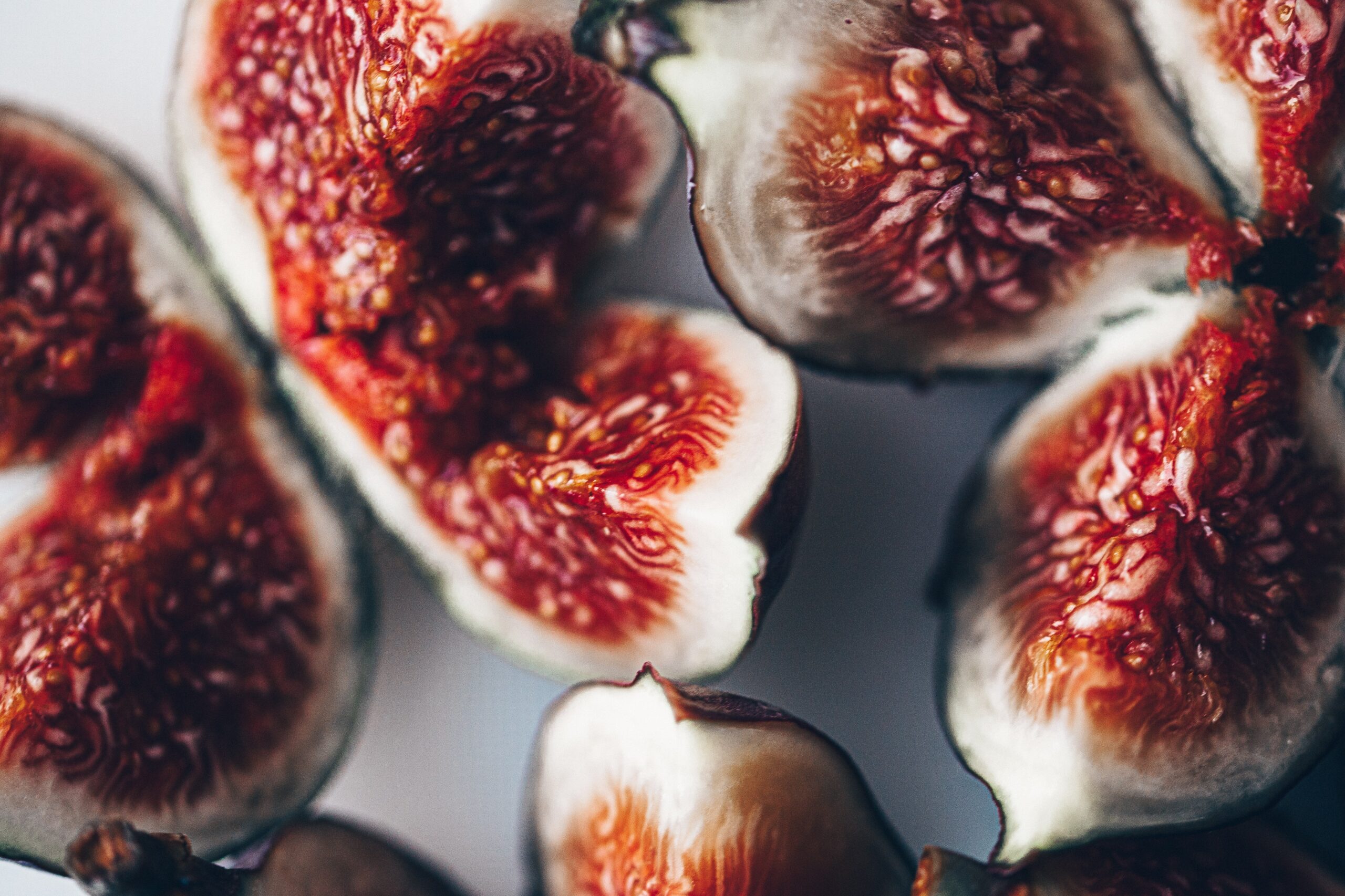
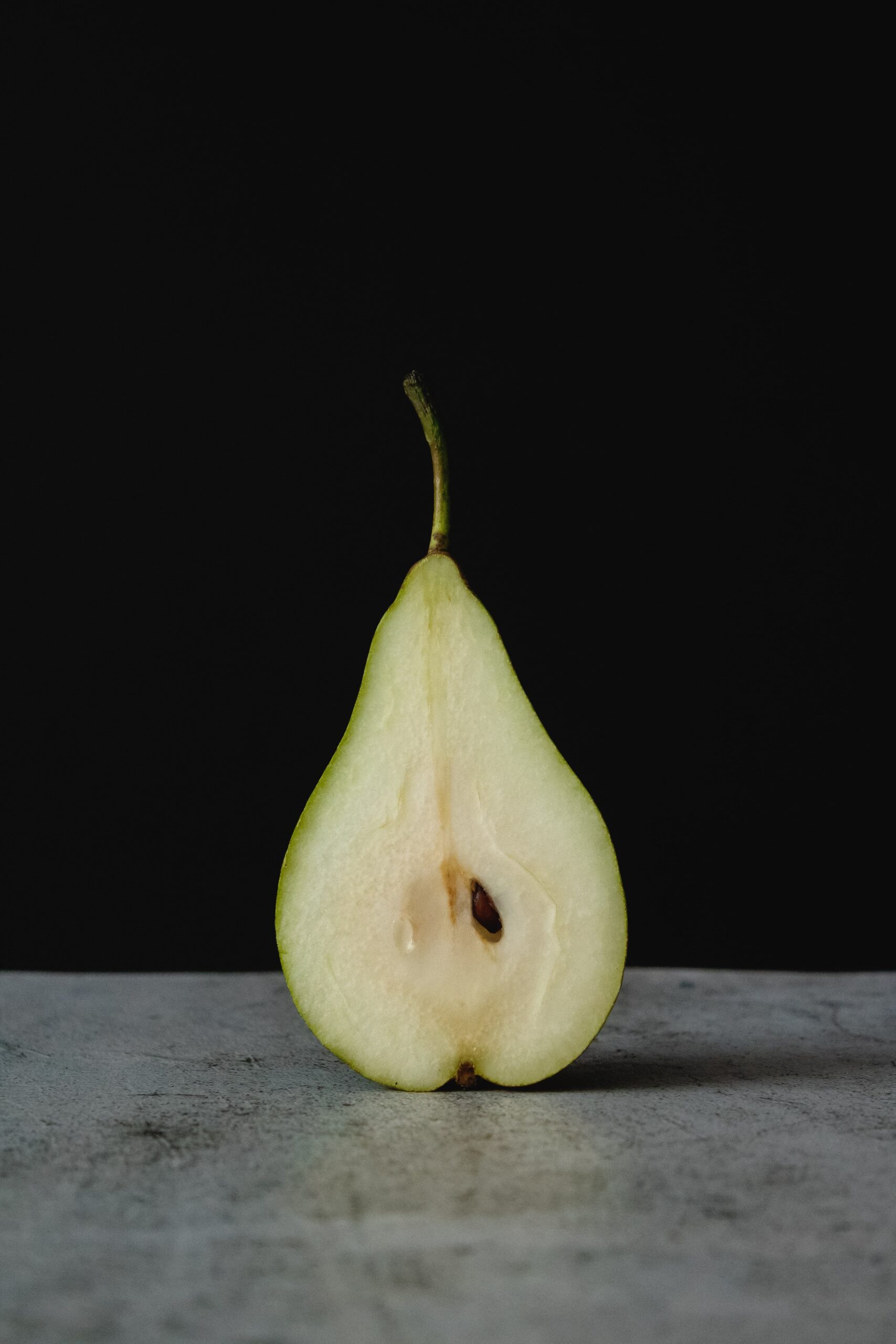
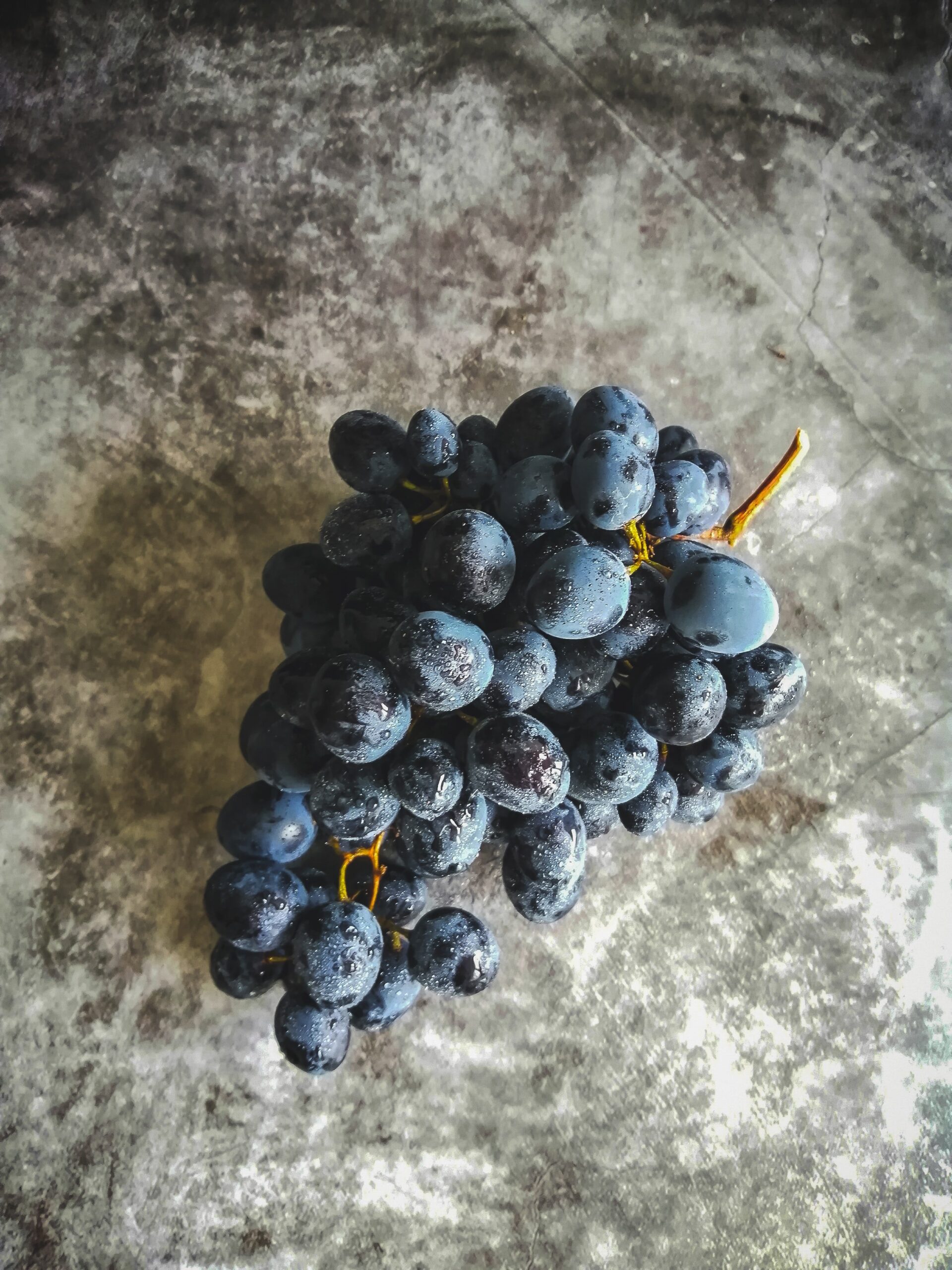
Pear slices and fresh figs are classics for a reason: their mild freshness suits a lot of soft cheeses perfectly. And dried fruits like dates, dried apricots, and currants make excellent chewy treats between cheeses.
Fresh seasonal fruits like grapes and strawberries are a visually dynamic, no-fuss way to add a juicy palate-cleanser on here too, and you can easily distribute these across the board to add little pops of colour.
And for our final act — go nuts! Walnuts, smoked almonds, candied pecans, or roasted cashews fit perfectly into any little crevices that need filling.
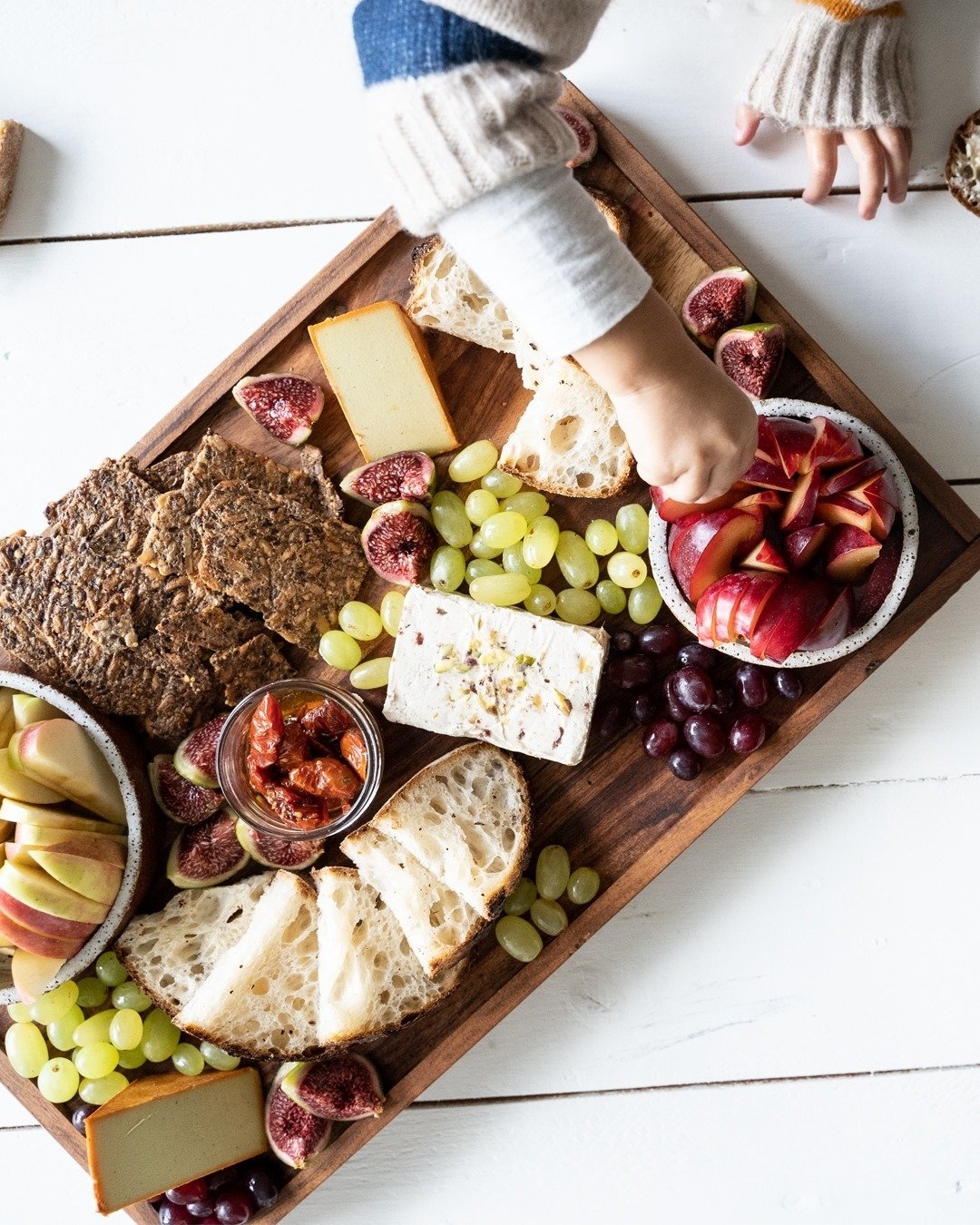
I’m taking some pro tips from Brittany at The Vegan Dairy again here… To arrange your foods, start with your dips and jams — the bulky items in ramekins or jars that will probably stay put. Spread them out across a big ol’ board.
Then space out your cheeses. Consider slicing the blocks in half and placing them on opposite sides to make each cheese more accessible for your friends.
Then add a few fanned-out clusters of your breads and crackers, leaving any extras in a bowl to the side.
Finally, fill the rest of your space with fruits and nuts, again spreading them out nicely for easy reaching! One final tip from the pro herself:
Always have different cutlery options ready to go within your cheese platter; having spoons and knives all ready with your fruit pastes and cheeses makes it really easy for people to dig in!
If you’ve been looking for a creative outlet, my friend, this might be it. Creating beautiful platters is a rewarding artform indeed — impossible to screw up and always graciously received. And honestly, what better way to share all your new plant-based cheese discoveries with loved ones?! ![]()
The only thing we’re missing is some chocolate to go with all that cheese! Try these amazing vegan chocolate brands – most of which you can easily find at the shops.

Maggie’s passion for fresh, local produce began in the 90s when she first harvested the oranges in her backyard for a glass of fresh-squeezed Florida orange juice — though her Dad may remember the details of labour a little differently. Now she adds berries to her chocolate and sneaks pumpkin into brownies so she can confidently and incorrectly refer to them as health foods.